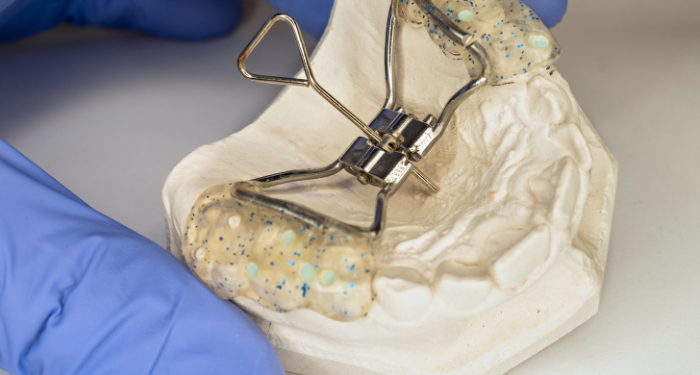
Understanding feeding milestones is an integral part of being able to screen feeding cases quickly and efficiently. Didn’t learn this in school? Neither did I. And neither did thousands of other speech-language pathologists (SLPs) & occupational therapists (OTs).
Not only is this rarely taught in our graduate programs but it can be hard to find this information in post-graduate continuing education courses, too.
That’s why we created the Feed The Peds® Screening Packet that gives you the feeding milestones right on the screener!
This screener has been downloaded by 78,971 SLPs & OTs since 2020 (and it has been updated)!
We included some gross and fine motor milestones as well as they go hand-in-hand with feeding development.
Let’s break it down by ages and what you look for in the development of the jaw, lips, and tongue.
Babies are born with reflexes that help them with feeding. As the baby grows, the reflexes will integrate and the baby takes over the skill rather than it being reflexive. If a baby does not learn the skill prior to the integration of the reflex, we see feeding delays and disorders emerge.
Some of the reflexes are the rooting reflex, suck reflex, phasic bite, tongue reflex, tongue lateralization, suck/swallow/breathe, and gag.
We will discuss a few of these along with other key developmental feeding skills and how to identify them on our Feed The Peds® Pediatric Feeding Screener. Keep in mind that these are ranges and children do not all meet their milestones at the same time. That said, there are certain primitive reflexes that are critical to basic survival for a newborn (e.g., in order to breathe & eat).
For JAW movements needed for feeding, infants 0-6 months demonstrate a phasic bite. When gentle pressure is applied to the gums, the baby will open and close his/her jaw to bite.
Next, we see a munch chew pattern emerge somewhere between 6-9 months. The munch chew pattern combines the phasic bite with tongue movement up to the hard palate. The jaw is moving vertically and the tongue is moving up to the palate. We do not observe lateral movement of the tongue or jaw in a munch chew pattern; that comes later.
Around 9 months, controlled/sustained bite emerges. This may continue to mature up to 36 months when it becomes a mature/fully developed pattern. Children also transition between soft and hard foods during this developmental period which lasts up to 36 months as stated previously. During this period, circular rotary chewing also develops. This is where the jaw moves laterally, downward, across midline to the other side, and then upward to close. Often times food is transferred across midline from right to left OR left to right during the circular rotary chew. This is the most mature chewing pattern and sometimes called an adult-like rotary chew (as it is the pattern we use across the lifespan once developed).
LIP function is also an important component to feeding. At 0-6 months, the lips seal around the bottle or breast without leakage of breast milk or formula, the lips function as one unit with the tongue, cheeks and palate.
Around 6-9 months, more active lip movements begin to emerge. The lips are beginning to work independently of the tongue, cheeks, and palate. Next, we look for children to strip the food from a spoon. They must clear the food off the spoon with their lips, not using their teeth to scrape the spoon. This feeding skill emerges around 9-12 months. Between 12-18 months, lip closure greatly improves during feeding and children should begin to close their lips while chewing and swallowing with this skill developing fully between 18-36 months.
TONGUE function for feeding is very important to overall feeding success. Infants begin to cup their tongue in order to suck from the breast or bottle at 0-3 months of age. The tongue begins to protrude and retract 3-6 months of age. As the child begins to eat solids, lateralization aids in moving the bolus from one side to the other across midline, with this skill emerging between 6-9 months.
Around 18 months of age, children begin to sweep food from their lips to “clean up” during/after the swallow. By 24-36 months, a child should be able to elevate their tongue tip to the palate during the swallow.
Knowing feeding milestones allows you to identify and know where further assessment and/or treatment is needed in feeding therapy. If you want to see these milestones laid out in a chart that you can use and share with patients, download your free copy here.
As shared above, it’s important to keep in mind milestones are reported as ranges of when a skill emerges and is mastered. While a child may not follow the exact timeline, we do look to see if they are at least following the order of development, especially when it comes to foundational skills, as shared here and in the feeding screening packet.
Hallie is holding a free 5 day training on how to use the screening packet. If you are an SLP or OT, you can join Hallie here.


